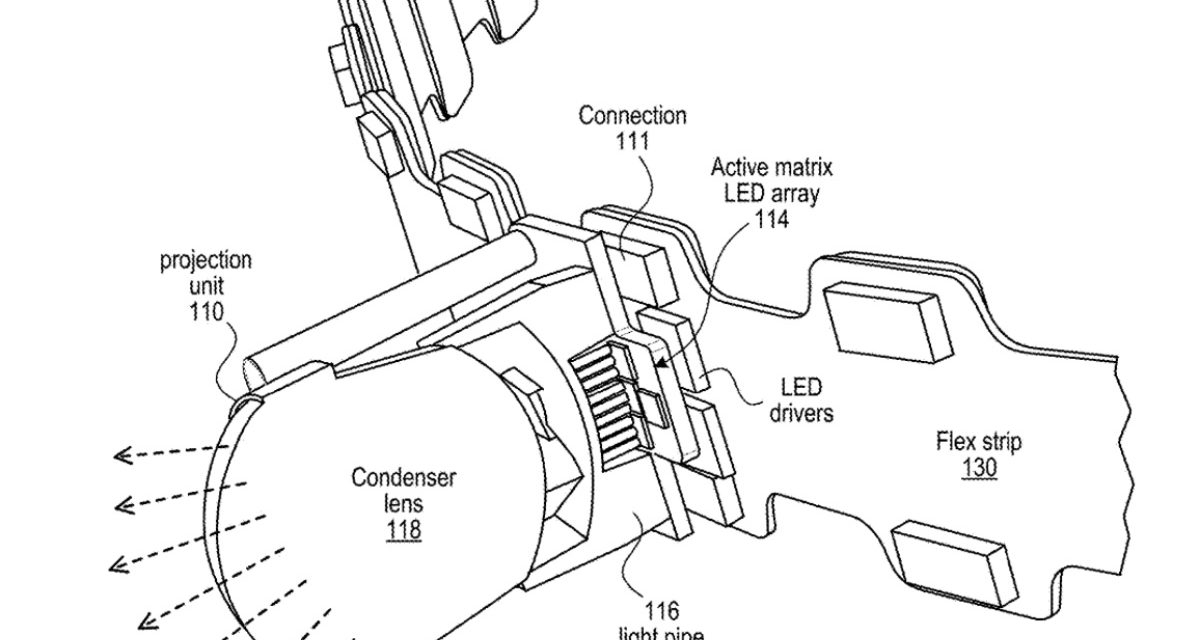Apple has been granted a patent (number US 1216943) for a “Spatial Light System” that apparently involves holographic projections.
About the patent
In the patent Apple says that virtual reality (VR) allows users to experience and/or interact with an immersive artificial environment, such that the user feels as if they were physically in that environment. For example, virtual reality systems may display stereoscopic scenes to users in order to create an illusion of depth, and a computer may adjust the scene content in real-time to provide the illusion of the user moving within the scene.
When the user views images through a virtual reality system, the user may feel as if they’re moving within the scenes from a first-person point of view. Similarly, mixed reality (MR) or augmented reality (AR) systems combine computer generated information (referred to as virtual content) with real world images or a real world view to augment, or add content to, a user’s view of the world.
Apple says the simulated environments of VR and/or the mixed environments of MR may thus be utilized to provide an interactive user experience for multiple applications, such as applications that add virtual content to a real-time view of the viewer’s environment, interacting with virtual training environments, gaming, remotely controlling drones or other mechanical systems, viewing digital media content, interacting with the Internet, or the like.
Of course, Apple already offers a spatial computer in the form of the Vision Pro. However, this new patent hints at new methods and apparatus for emitting/projecting light including light representing AR content into environments such as rooms . Such a spatial light system could, for example, be used to project AR content onto one or more surfaces of a room.
Summary of the patent
Here’s Apple’s abstract of the patent: “A spatial light system may include two or more projection units for emitting light onto surfaces within a room. The system may include a controller and two or more projection units, each module including an LED array, an array of light pipes, and a condenser lens. Two or more projection units may be connected to a flexible strip that provides power and data (e.g., serial data) to the projection units. Two or more flex strips may be connected together. The flex strips provide a serially-connected, flexible modular architecture for spatial light systems that allow the projection units to be conformed to a variety of configurations and shapes.”
I hope you’ll help support Apple World Today by becoming a patron. All our income is from Patreon support and sponsored posts. Patreon pricing ranges from $2 to $10 a month. Thanks in advance for your support.
Article provided with permission from AppleWorld.Today



